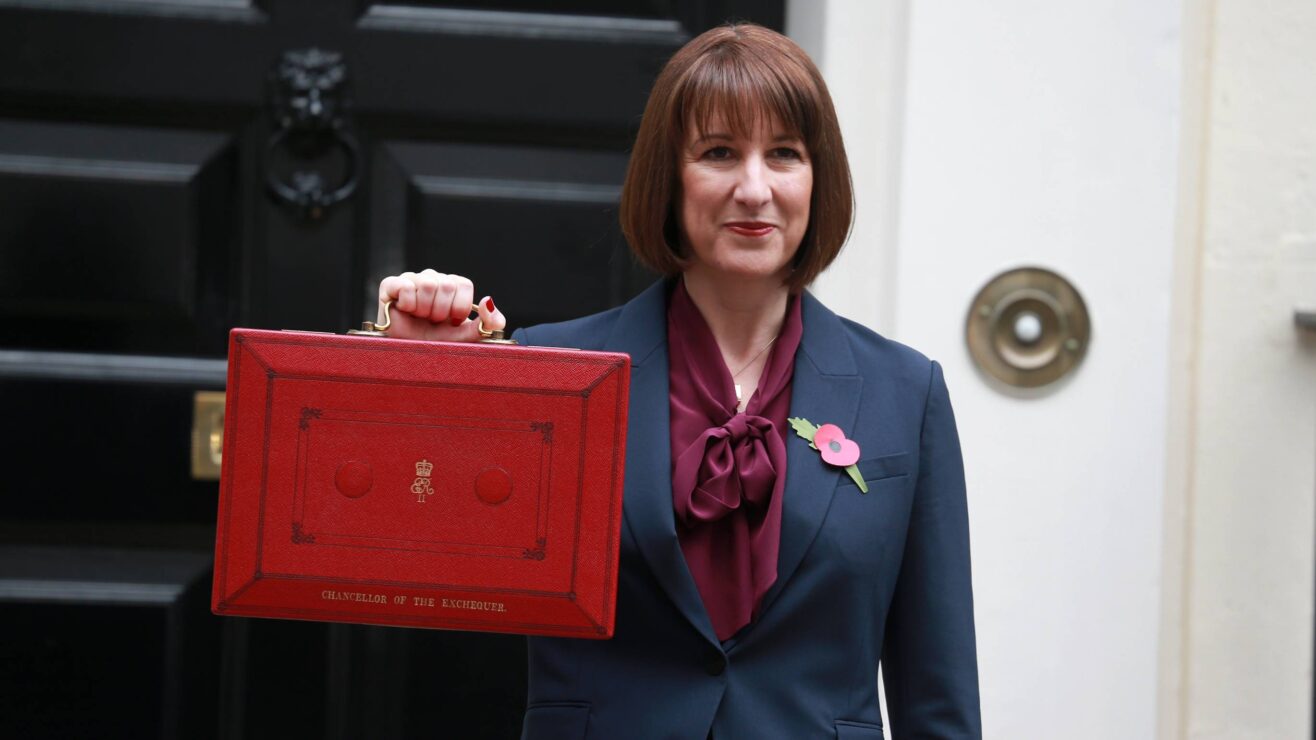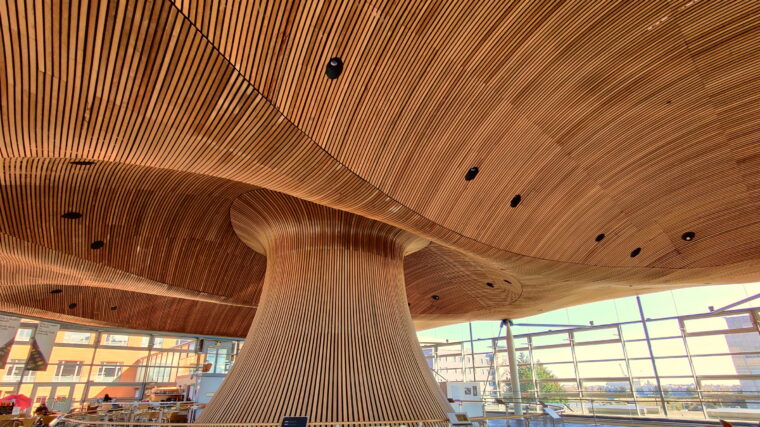In 1822 there were six universities on the island of Great Britain – Oxford and Cambridge in England, and St Andrews, Glasgow, Aberdeen and Edinburgh in Scotland.
There were stirrings in all sorts of places for an expansion of education – Durham and London were soon to grace the stage, and mechanics’ institutes (some of which would one day become universities) were beginning to be established in cities and towns across the land.
And in west Wales the Bishop of St David’s, Thomas Burgess, was about to bring to fruition his twenty-year plan for the establishment of a college in the diocese to train men for church ministry.
The foundation stone for St David’s College was laid on 12 August 1822, on land donated by John Scandrett Harford in Lampeter. Harford was a wealthy Quaker banker, who also supported the abolitionist cause. The Bishop was seeking to build in Llandewi Brefi, which has a long connection to St David, being the site of a synod which he held in 520CE. Harford realised that a college would improve its town, and so donated land in Lampeter, where he lived. Philanthropic, yes, and not entirely disinterested either.
The college admitted its first students in 1827, and gained its charter in 1828. The first principal, the Reverend Llewellyn Lewellin, held office from 1827 until his death in 1878 – he also held office as the Vicar of Lampeter and the Dean of St David’s Cathedral from 1840.
Has this 51-year tenure as head of institution been surpassed within UK higher education?
Initially the college admitted students only to study theology, but this expanded following the issue of a supplemental charter in 1896, which enabled the college to admit students who were not seeking to take Holy Orders.
In 1880 there were proposals to merge St David’s with the fledgling University College Aberystwyth, which had been founded in 1872. The proposals were seen off – and this set a tone for the organisation of Welsh higher education, which ever since has had bouts of mergers and merger plans, often thwarted by individual institutional campaigns (and by geography.)
Nevertheless, the college struggled to thrive without any government funding, and in 1960 St David’s was “sponsored” by University College Cardiff, which enabled it to access government funds. This was followed in 1971 by St David’s becoming a full member of the University of Wales, suspending its degree awarding powers and becoming St David’s University College.
The history of the University of Wales becomes proper interesting at this point. The university switched from a federal composition to a confederal composition. But still the pressures for autonomy grew, and the original four colleges – Aberystwyth, Bangor, Swansea and Cardiff – gained full university status in their own right. St David’s University College – still in the club – became the University of Wales, Lampeter in 2007.
But still there had not been enough governance excitement. Concerns about quality assurance systems and institutional leadership led to merger with Trinity College, Carmarthen, in 2010, to create the University of Wales Trinity St David.
Then in 2011 the University of Wales itself was incorporated into this entity (fans of set theory should pay attention here) and in 2013 Swansea Metropolitan University joined the organisation.
Like many UK universities it has had many forms over the years, and faced many challenges, financial and academic. And yet now celebrates its 200th anniversary this year.
Pen-blwydd hapus, a llongyfarchidau, Prifysgol Cymru Drindod Dewi Sant!












